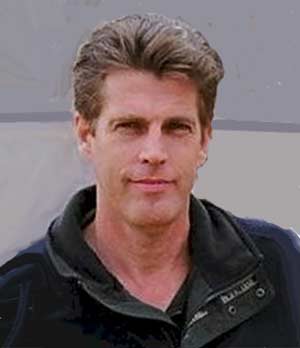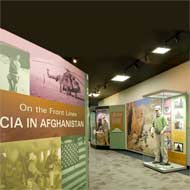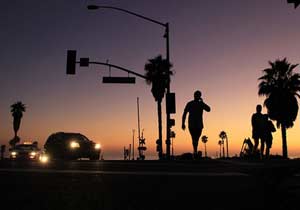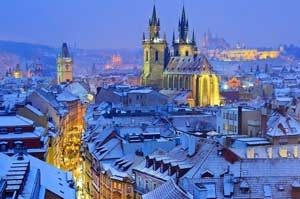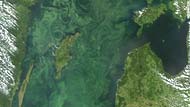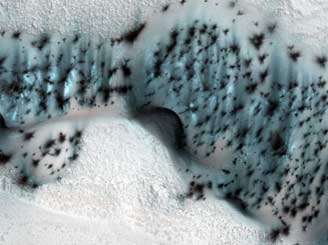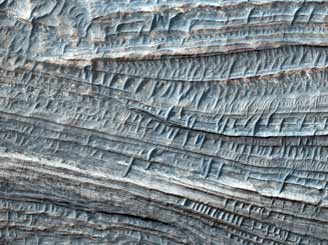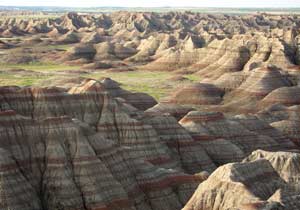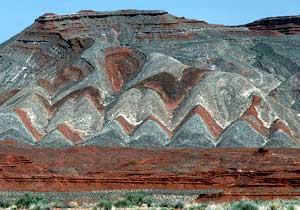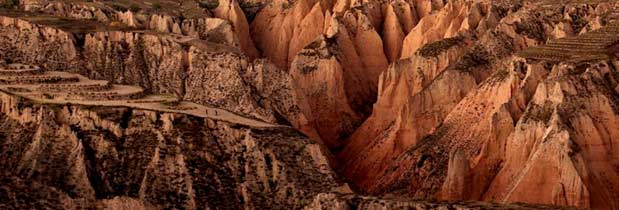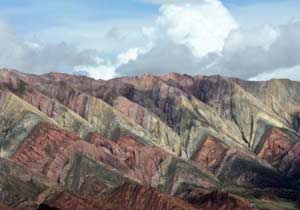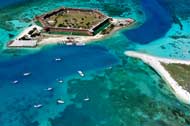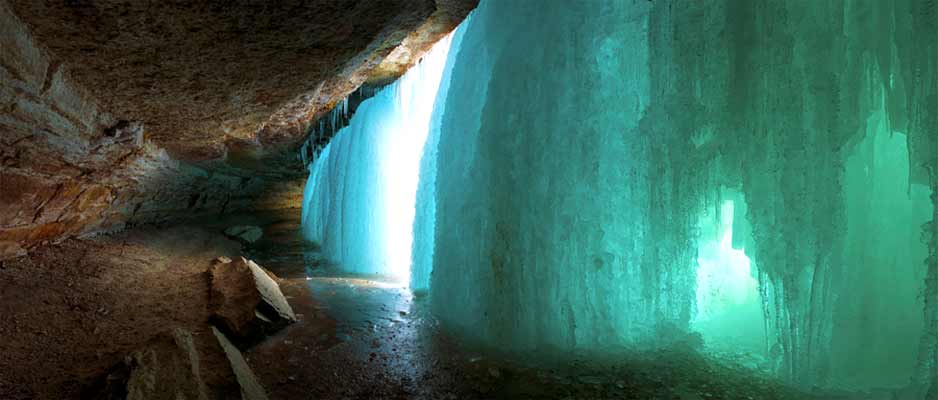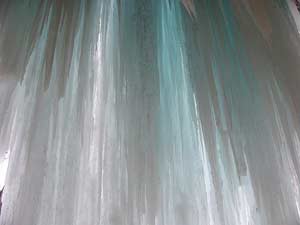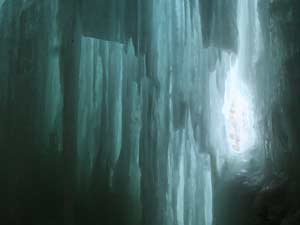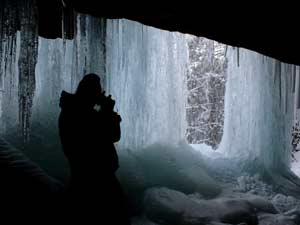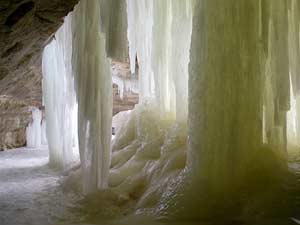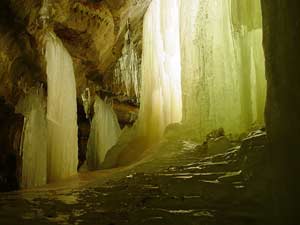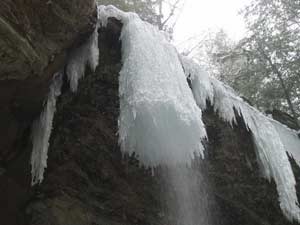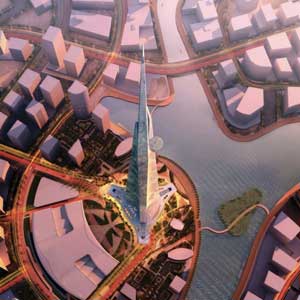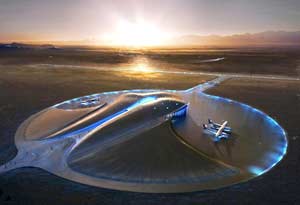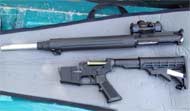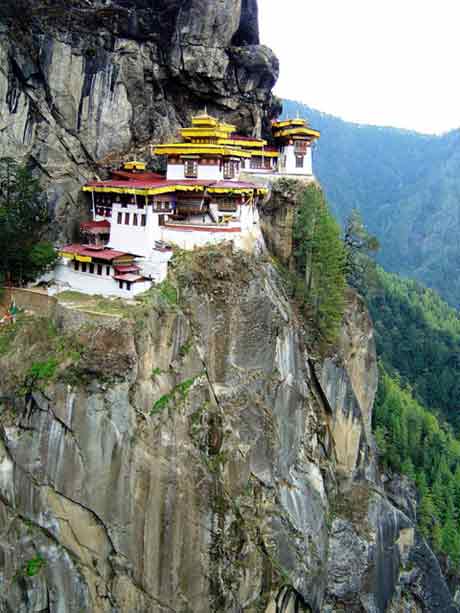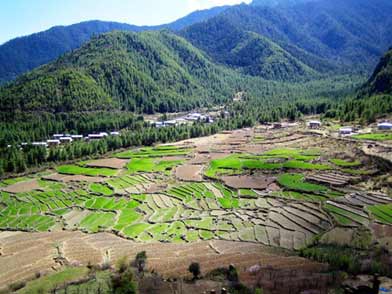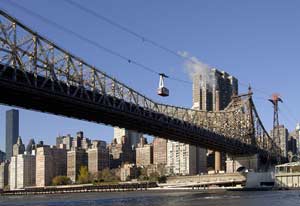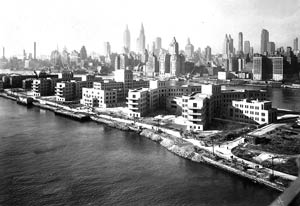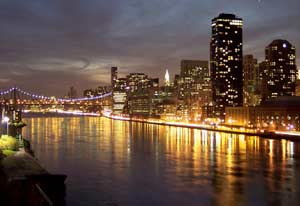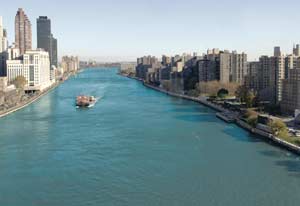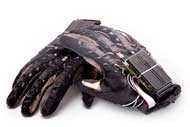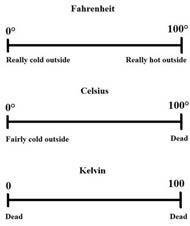Conversations about Conversations
The following are summarised excerpts from a telephone conversation between John Cusack and Jonathan Turley with comments in blue:
The power of the Executive to cast a man into prison without formulating any charge known to the law,
and particularly to deny him the judgement of his peers,
is in the highest degree odious and is the foundation of all totalitarian government whether Nazi or Communist. — Winston Churchill
Soon after he was elected, President Obama admitted that the waterboarding which certain US officials had authorised WAS torture. Still, he promised the CIA that they wouldn’t be investigated or prosecuted in regard to it. Under international law, shielding people from war-crime prosecutions can itself be a form of war crime. If a government doesn’t investigate and prosecute its own accused war criminals, other countries (in theory) have the right to step in and prosecute the foreign war criminals themselves. Certainly in the past Americans have prosecuted foreigners being shielded or protected by their own countries — but that’s apparently a one-way street. When the Spanish government moved to investigate US torture (because Obama had indicated the US didn’t intend to do it), the Obama administration issued threats.
Further, defendants at the Nuremberg trials couldn’t base a defense on the fact that they were merely following orders. Such a defense, if allowed, would shield too many of the guilty — it would shield almost everyone. Despite this, the Obama administration released a document saying CIA personnel and even some DOJ lawyers were “just following orders” from higher authorities. Thus, it might help to know why Obama protected CIA officials from prosecution.
“International law” is misleading. As a general rule, there isn’t such a thing (difficult to enforce). There is DOMESTIC law, which may (or may not) implement some elements of international law. Torture is illegal under US law, however whether or not waterboarding is torture is an unanswered question. Obama cannot “admit” that waterboarding is torture any more than Bush can “admit” that it isn’t. Neither view is inherently binding.
The complexity arises because current Attorney General Eric Holder (apparently) thinks that waterboarding IS torture, and thus that waterboarding in the past WAS a crime. Holder is also responsible for deciding which crimes will be prosecuted. He has decided not to prosecute the past administration’s tolerance of waterboarding. The Justice Department opts against prosecuting apparent crimes every day, and there’s a wide range of legitimate reasons why he might make this decision. Holder may feel that something as simple as the impact on CIA morale is sufficient.
In many ways, Nuremberg represented the purest form of victor’s justice. Holder and Obama have at various times excoriated the Nuremberg standard as being insufficiently protective of defendent’s rights. And finally, following orders actually IS a legitmate defence, at Nuremberg and elsewhere. A meaningful argument hasn’t been advanced here (though that’s not saying there isn’t one).
At the end of the day, Obama (through Holder) decided against prosecuting low-level beauracrats acting on the orders of the past administration. They may have done so because they didn’t believe that what those beauracrats did was actually a crime under US law, or because they thought it would be too hard to prove, or because they thought the risk of losing the case would be too embarrassing, or because they thought it would be a political witch hunt (or appear to be a political witch hunt) or make the possibility of the next administration starting a political witch hunt too likely, or would cost too much money, or would demoralize the CIA, or…who knows? Under the US system, prosecutors have broad discretion, and need not explain their motives.
[For clarification: A bright-line rule (or bright-line test) is a clearly defined rule or standard, generally used in law, composed of objective factors, which leaves little or no room for varying interpretation. The purpose of a bright-line rule is to produce predictable and consistent results in its application. This is in contrast to its opposite, the fine line.]
Bright line rules structure relations between branches of government and between government and citizens, protecting freedom and liberty. The elimination of bright line rules is a slippery slope. The US denies rights to people at Guantanamo Bay, to foreigners whom they accused of being terrorists, and now even to American citizens by saying they can kill whom of them they choose without court order or review. This is a nightmare of civil liberties, changing how US citizens relate to government. Being able to enter the court system has become discretionary because now the president can instead opt to kill even a US citizen if he finds him/her too inconvenient, impractical, or impossible to bring to justice.
US Attorney General Eric Holder announced a couple of years ago that the administration would try some defendants in federal court while reserving military tribunals for others. He began by saying, “We have to believe in our federal courts and our Constitution. We’ve tried terrorists before, and therefore we’re transferring these individuals to federal court.” But then he added, “We’re going to transfer these other individuals to Guantanamo Bay.” Missing was any type of defined principle. How can we know if these decisions were justified?
What evidence is there to support the idea that the court system has “become” discretionary? What evidence is there that this has not always been the case?
Demonization of Osama bin Laden was so intense that Americans were thrilled he was assassinated rather than brought to trial. If Nuremberg principles are correct, shouldn’t he have been tried before the entire world? If guilty, he then could have been lethally injected. But his was an assassination from the beginning — there was no discussion of capturing him and bringing him to justice. While everyone may feel rightfully loathsome toward bin Laden, principles are not formulated for their convenience. Adolf Eichmann was captured and tried. Why not bin Laden? After all, it is principles which separate man from beasts.
The way Americans reacted to Osama bin Laden’s death seems somewhat incidental here. No evidence is presented in this article that most Americans were thrilled that bin Laden was killed RATHER than brought to trial. And the reference to Nuremberg is inappropriate; it has nothing to do with whether people need to be taken prisoner in a combat situation. When people talk about Nuremberg, they are talking about the process for convicting a prisoner of war crimes. Besides, Former Navy SEAL Mark Bissonnette, writing under the pseudonym Mark Owen in No Easy Day said that during a pre-raid briefing, an administration lawyer told them that they were not on an assassination mission — if bin Laden was “naked with his hands up,” they should not engage him. If he didn’t pose a threat, they should detain him.
There may be a disconnect between what people say about the US and what the US has become. The US seems to have lost clarity in the “war on terror.” They refuse to accept the jurisdictional authority of sovereign countries while forcing other countries to accept American authority. Are drone attacks in Pakistan even legal? Does anyone care? Who is being killed? Do they deserve due process? Americans disregard the fact that Pakistan is a sovereign nation (an ally, even); Pakistan insists they haven’t agreed to US operations and accuses them of murder and of violation of sovereign airspace. Americans disregard this — American exceptionalism means rules apply to everyone else.
A Gallup poll released in August shows 49% of Americans, a record since the poll began asking this question in 2003, believe that the federal government poses an immediate threat to individuals’ rights and freedoms.
The question of whether the people who are being killed by drones (whomever they may be) “deserve due process” and whether the attacks are legal seem unrelated to one another. What would make someone “deserve” due process? Might someone NOT deserve due process?
If 49% of Americans think that the federal fovernment poses an immediate threat to individuals’ rights and freedoms, how can Cusack and Turley state that there may be a disconnect between what people say about the US and what the US has become? That poll seems to indicate that about half of Americans are scared of their own government.
Glossed over is whether a military or law enforcement framework is proper. Both fit; neither is illegal, nor self-evidently immoral. One is probably better, but don’t assume there is Only One Possible Answer. Note that someone else has reached an opposite answer, but don’t conclude from that that they are A Bad Person Who Hates Justice — which is what Cusack and Turley appear to do. Their conversation is compelling and interesting to everyone convinced that the law enforcement paradigm is the only possible answer — but there are other answers. Their conversation is relatively meaningless to those equally convinced that a military paradigm is the only possible answer. This doesn’t help two sides come to a reasoned compromise, which is what is needed.
Turley and Cusack mainly preach to the choir.
 Animals
Animals Animation
Animation Art of Playing Cards
Art of Playing Cards Drugs
Drugs Education
Education Environment
Environment Flying
Flying History
History Humour
Humour Immigration
Immigration Info/Tech
Info/Tech Intellectual/Entertaining
Intellectual/Entertaining Lifestyles
Lifestyles Men
Men Money/Politics/Law
Money/Politics/Law New Jersey
New Jersey Odds and Oddities
Odds and Oddities Older & Under
Older & Under Photography
Photography Prisons
Prisons Relationships
Relationships Science
Science Social/Cultural
Social/Cultural Terrorism
Terrorism Wellington
Wellington Working
Working Zero Return Investment
Zero Return Investment





